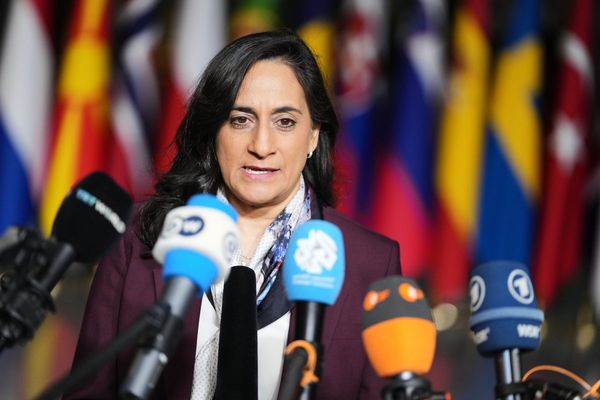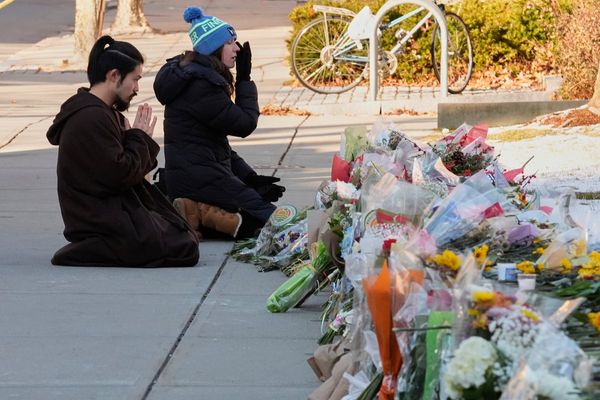
Despite President Donald Trump’s claims of completely destroying Iran’s nuclear facilities, following his characteristic pattern of bold pronouncements, new reports and expert statements suggest that Iran still maintains significant nuclear capabilities after recent U.S. airstrikes.
According to MSNBC, Trump has repeatedly stated that the U.S. has destroyed “all” of Iran’s nuclear facilities and capabilities. Defense Secretary Pete Hegseth supported these claims, but other officials within the Trump administration have been more careful with their statements, reflecting the complex dynamics within Trump’s inner circle about the damage done.
I don't trust JD Vance he's got a salesman face
— Bassbrotherhood (@Bassbrohood) June 24, 2025
When asked on NBC News’ Meet the Press’ if Iran’s nuclear sites had been completely destroyed, Vice President JD Vance, whose educational background includes Yale Law School, was less confident, saying only that the U.S. offensive “substantially delayed their development of a nuclear weapon.” He added, “We are going to work in the coming weeks to ensure that we do something with that fuel, and that’s one of the things that we’re going to have conversations with the Iranians about.”
Initial assessments show limited impact of airstrikes
The Defense Intelligence Agency’s initial assessment, reported by NBC News and CNN, concluded that the U.S. airstrikes only set back Iran’s nuclear program by three to six months, not the complete destruction claimed by Trump. The White House has denied these findings.
jd vance admits iran uranium may be buried. “right HERE!” <points at his anus and chuckles>
— manvir clair (@gyro_practor) June 24, 2025
hegseth: “putt iddan diya cheezan nahi karidi leak. paint a target on HIM.”
Jeffrey Lewis, a professor at the Middlebury Institute of International Studies at Monterey, pointed out that important nuclear materials and production facilities weren’t targeted in the strikes. He noted that locations storing highly enriched uranium remained untouched, and facilities capable of manufacturing more centrifuges weren’t hit.
Rafael Mariano Grossi, director general of the International Atomic Energy Agency, confirmed that Iran had moved its stockpile of 60 percent enriched fuel to protect it from airstrikes. This matches reports from Israeli officials who said Iran had relocated equipment and uranium after Trump’s repeated threats of military action.
David Albright, president of the Institute for Science and International Security, emphasized that “significant amounts of this enriched uranium still exist,” suggesting the situation is far from resolved. Experts also note that even if facilities were destroyed, Iran has the expertise to rebuild its nuclear infrastructure, according to Darya Dolzikova from the Royal United Services Institute.







